Position the Learning for Impact
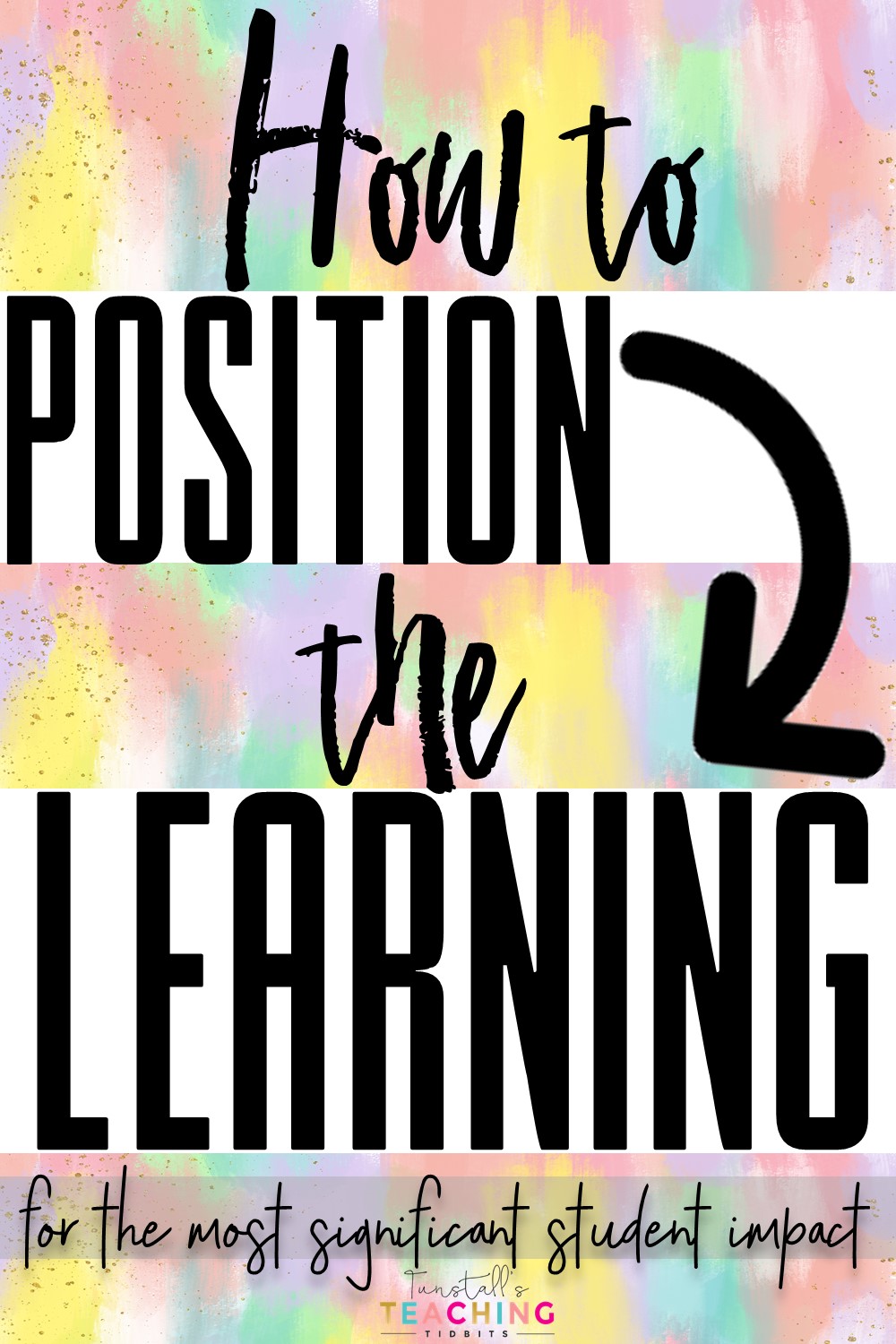
Let’s consider for a minute the format we personally crave for instruction. Something, I imagine, we can all relate to: Your phone has an issue and isn’t working correctly, or you have never been able to figure out a function that you know you’d like to utilize on your phone.
How would you like to get help with this? Attend a lecture about the functions of phones? Or head to a small setting with someone who can help you specifically on just what is wrong with your phone? Hello, Apple Store.
Even as we run to YouTube for a quick answer to a household problem or homework help with our own child, we find ourselves scrolling through the twelve-minute video to get to the instructional point that we actually need. In a classroom setting, we have the power to position the learning for impact. Sometimes we just need to restructure our time in order to do this.

Position the learning for the most significant impact
When we teach only in the whole group, we miss impactful learning opportunities that would skyrocket growth and understanding. Yet we need whole group time to conceptualize and bring everyone to the same enduring understandings. Enter the mini-lesson.
Typically a mini-lesson has one of these three focuses: Conceptual understanding, procedural math, or strategic competence.
Think about how to position the learning for impact. Get in, teach explicitly, and then get out! Have students come to you for the specific part of the teaching they need in small groups.
Adjust the Structure
Often teachers don’t feel like there’s enough time to incorporate small groups. If you have a 15-minute whole group followed up with 10-15 minute small group moments with your students, you will be surprised how many students you can see in a class period. The impact of those focused moments with you is far greater value for your learners than sitting through that whole group lesson that isn’t addressing the issue they have in the learning.
I also challenge you to have a consistent schedule in which students see you daily to every other day. Don’t let them choose to come for help only when struggling. Get to know their everyday math minds. Watch them work through the allotted problems on the current skills and elevate and expand on what you see. Not only will it impact student learning, but it will also impact how you teach to their exact needs!
Learning Needs vs Content
Underlying consistency in close proximity “face time” with every student will pay off and make all of the difference. Just like ten minutes with an expert at the Apple Store regarding your exact problem solves the issue, while an hour lesson not targeted for your needs does not. Dare I say daily instruction that doesn’t hit the learning need actually creates a negative space where the learning should be.
When students say, “I am not good at math” could it actually be: My needs for math understanding have not been met and have snowballed into such a place that I don’t think I will ever truly understand and be confident in my problem-solving. Each day I sit through teaching that doesn’t fit this one issue or missing skill that would make all of the difference.
Be purposeful in addressing learning needs vs covering content. You are the content expert. Never let a resource drive the instruction. Let your students’ math needs drive the instruction as you using the resource to pull in the exact need. Could three problems from the entire lesson actually pinpoint the need? How can you make little changes to better meet student needs?
What changes can you make to position learning for impact?
Continue the Learning
Here are some related blog posts that may help you as you continue to position the learning for impact!

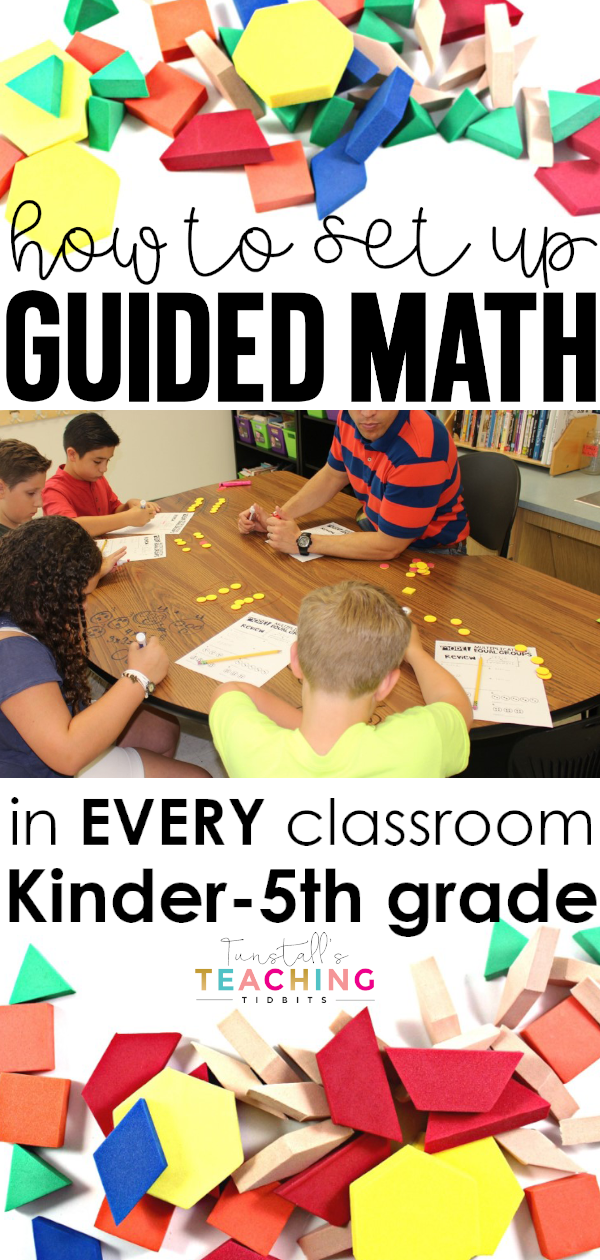
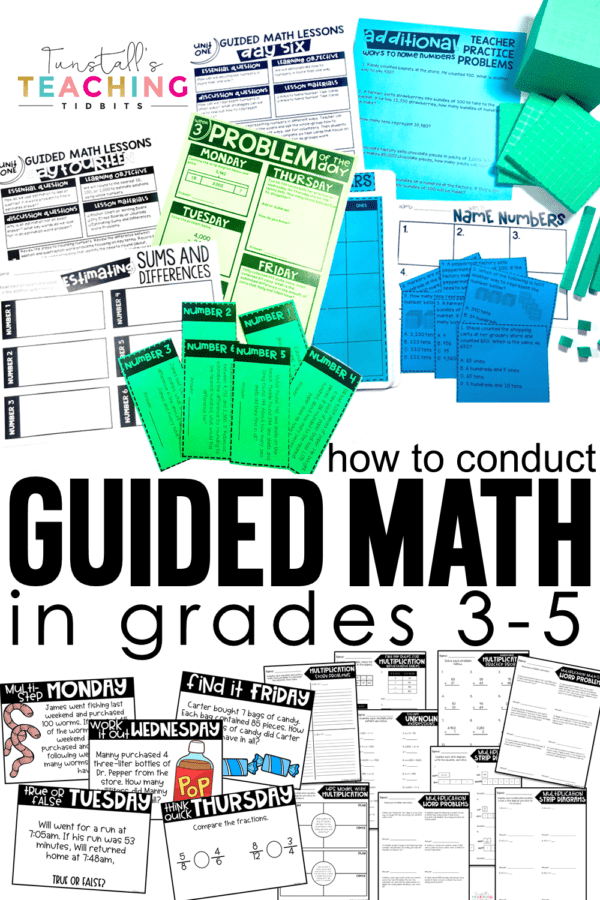

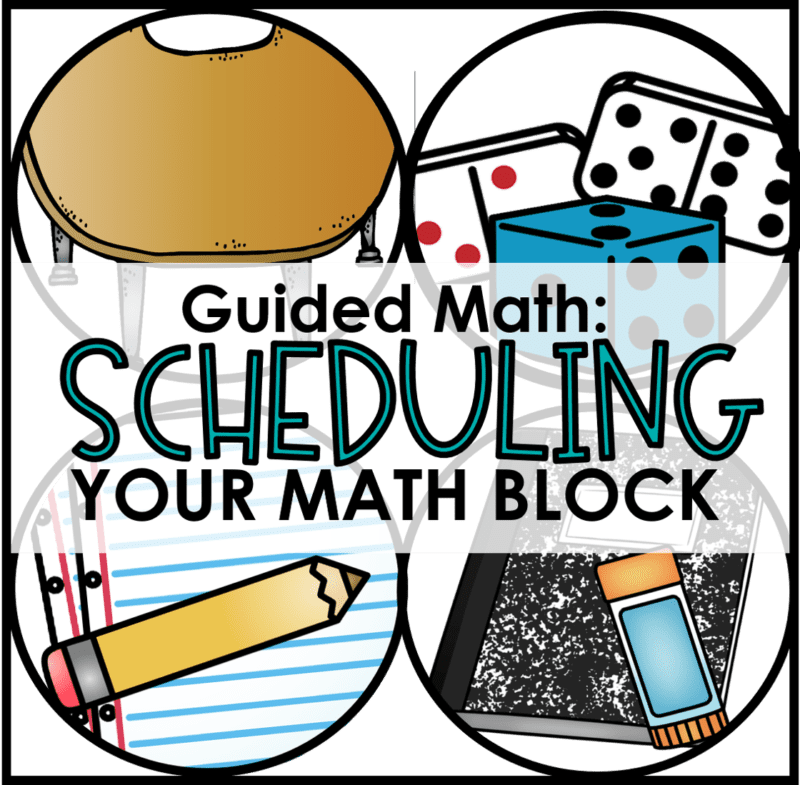
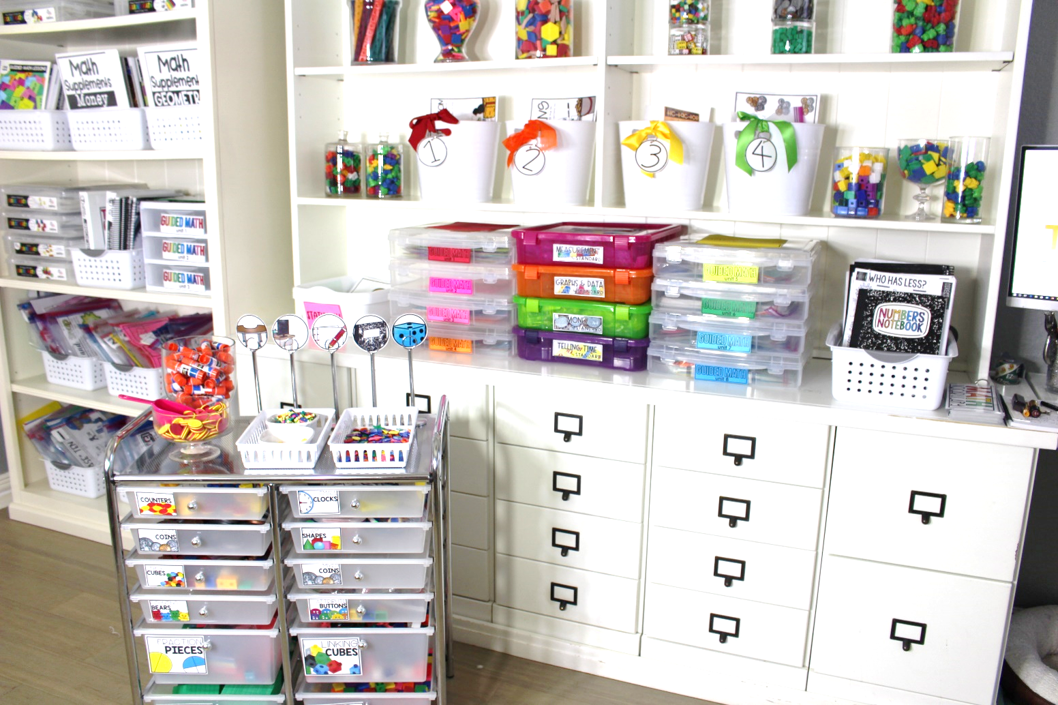
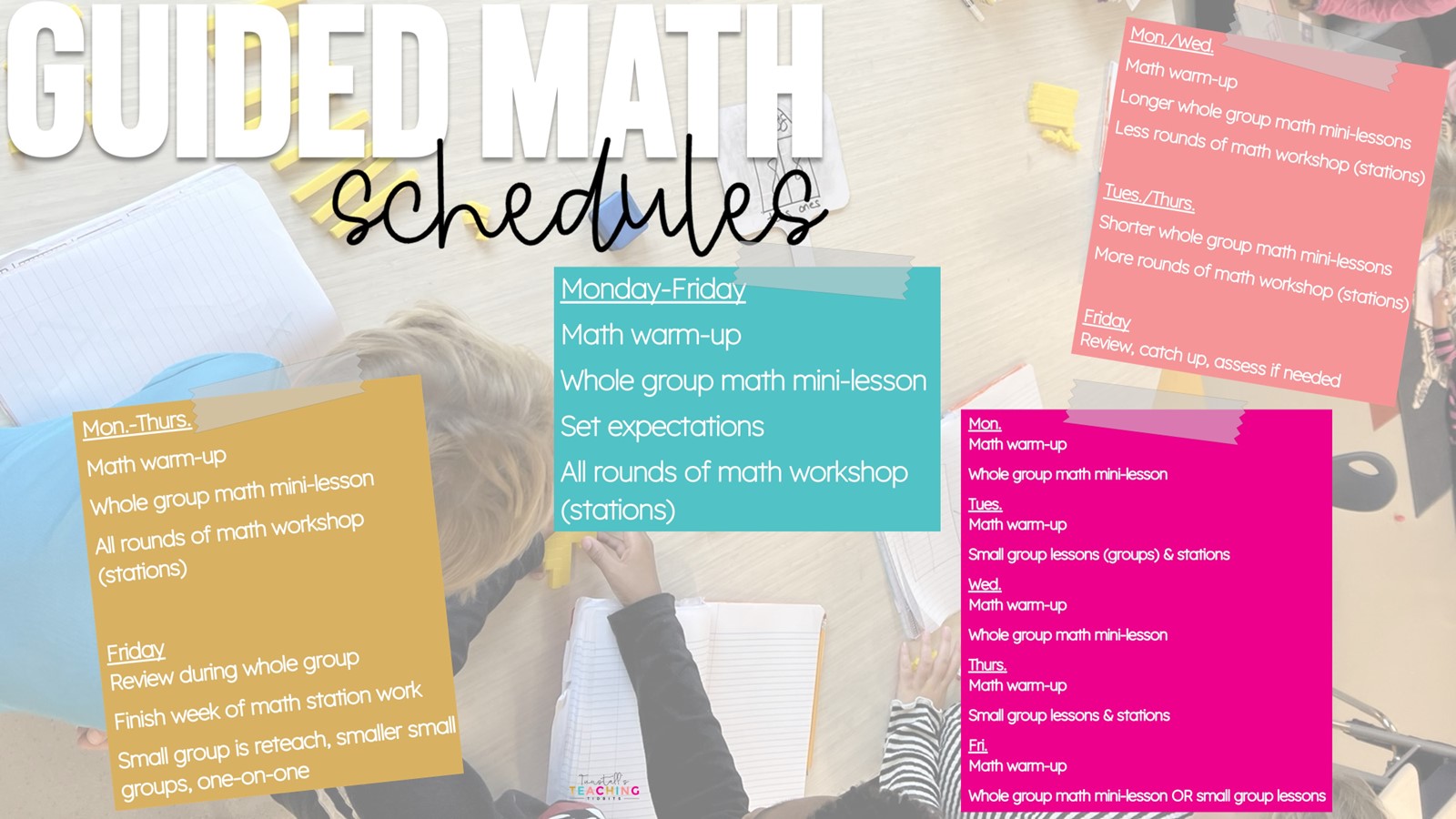
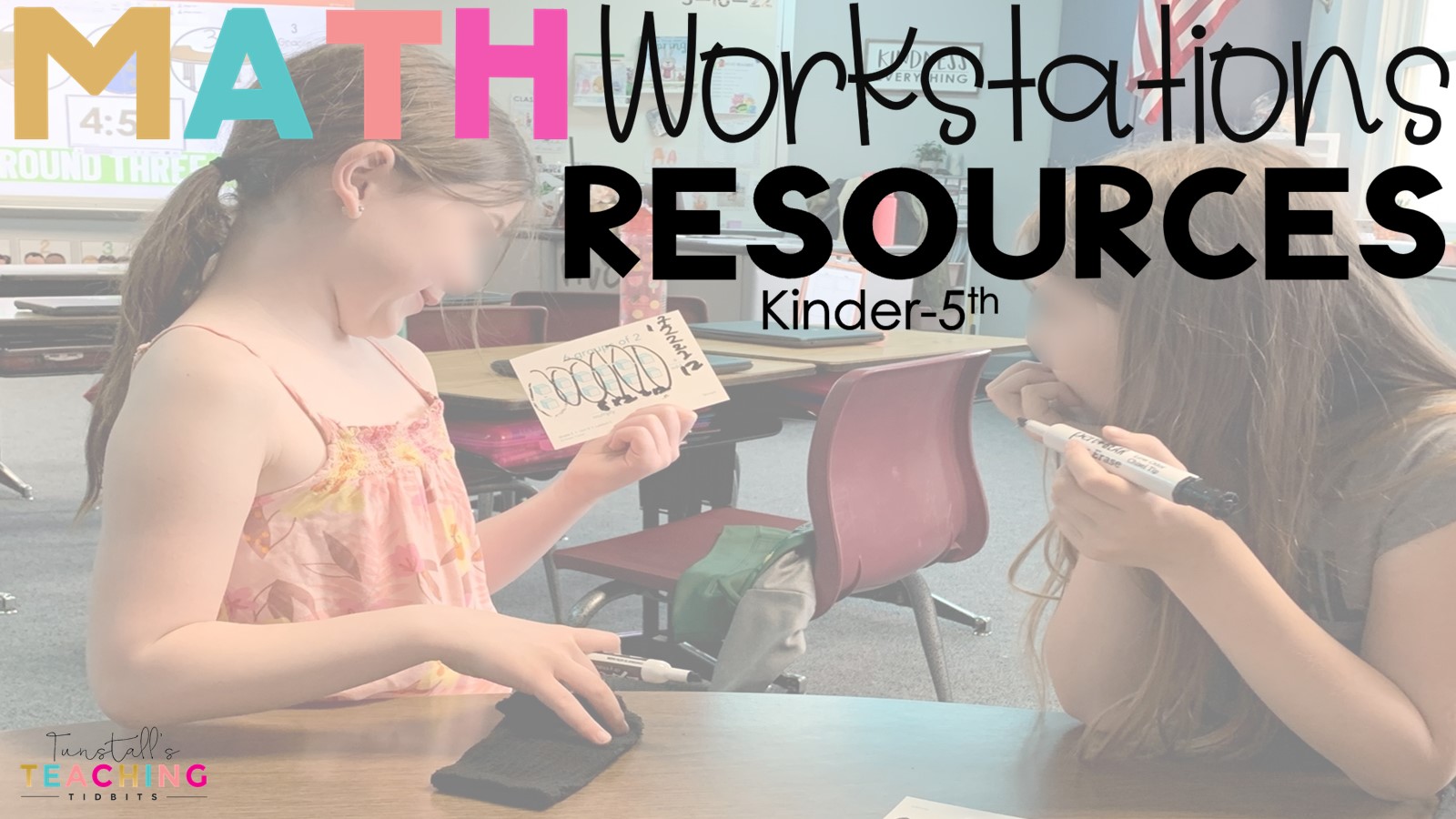
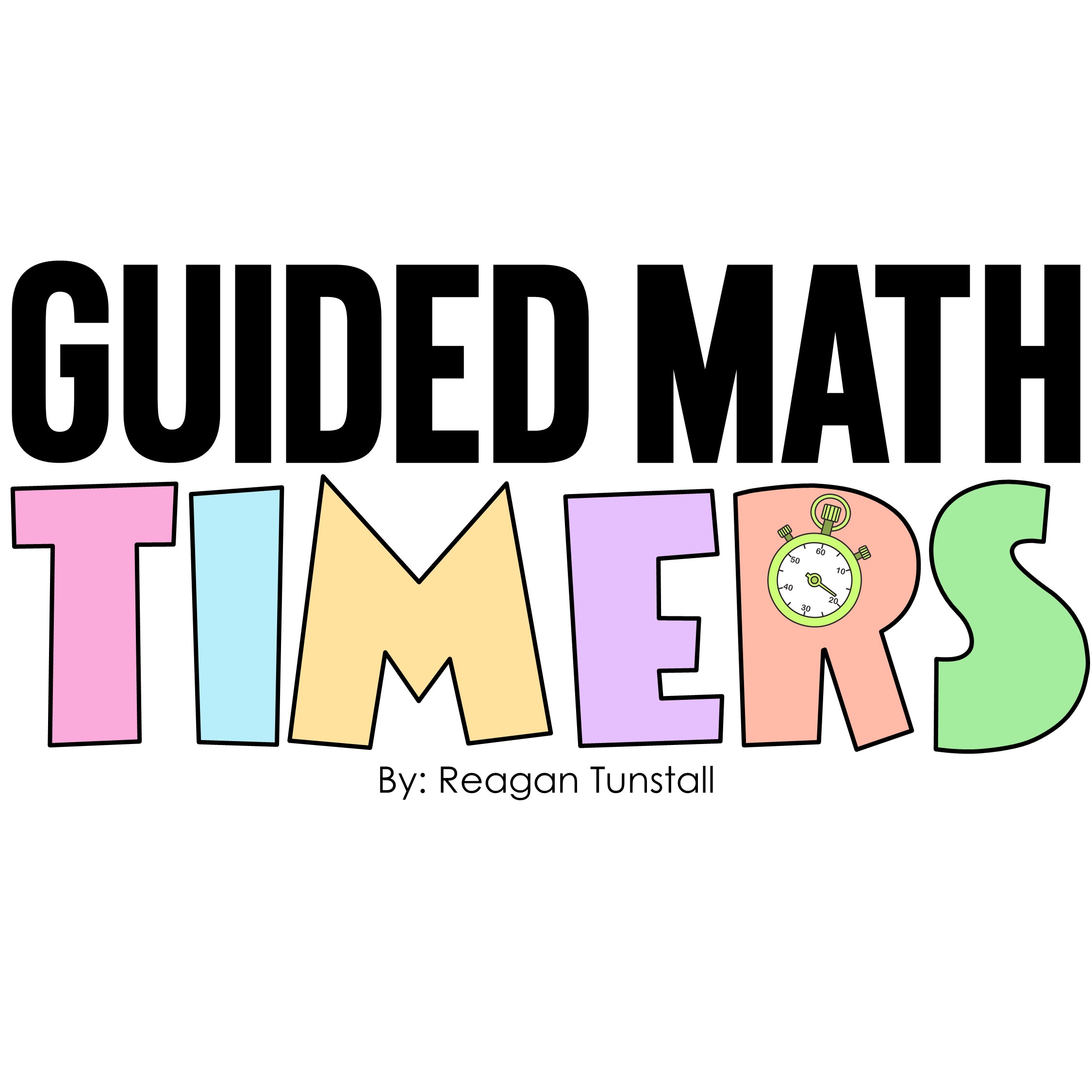
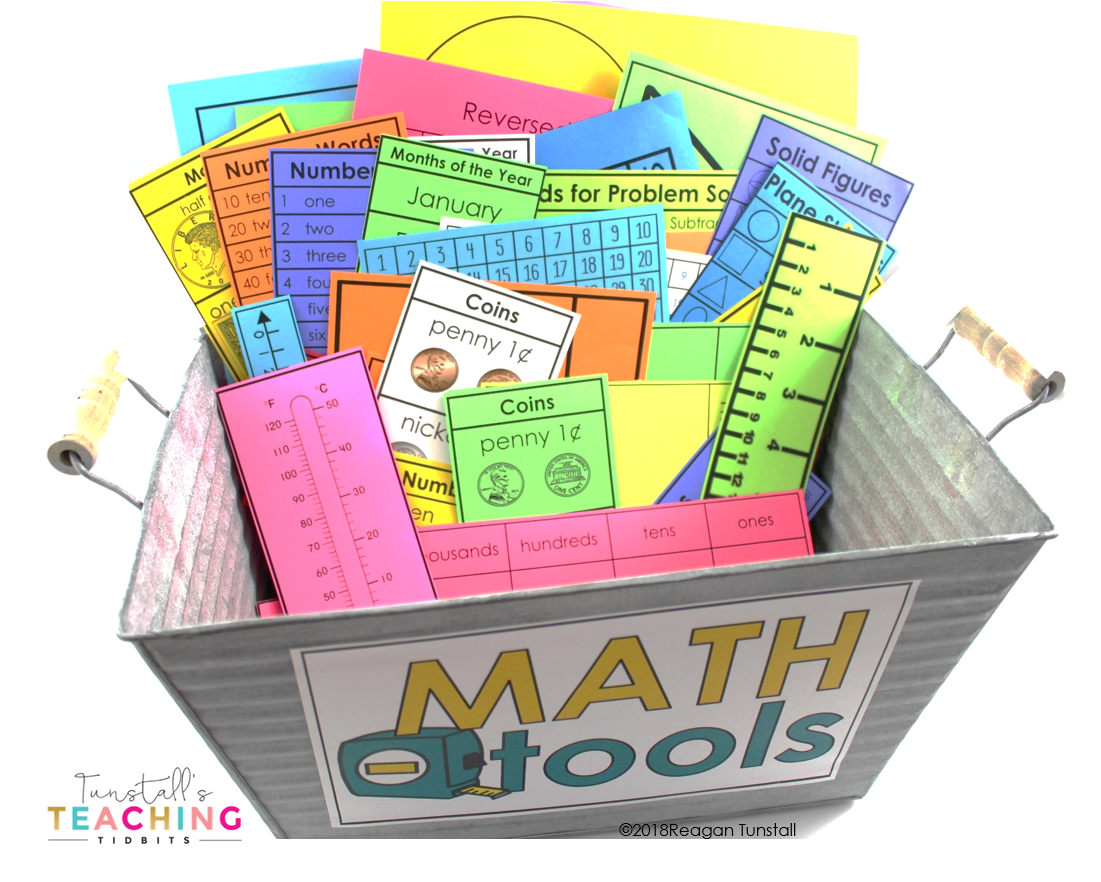
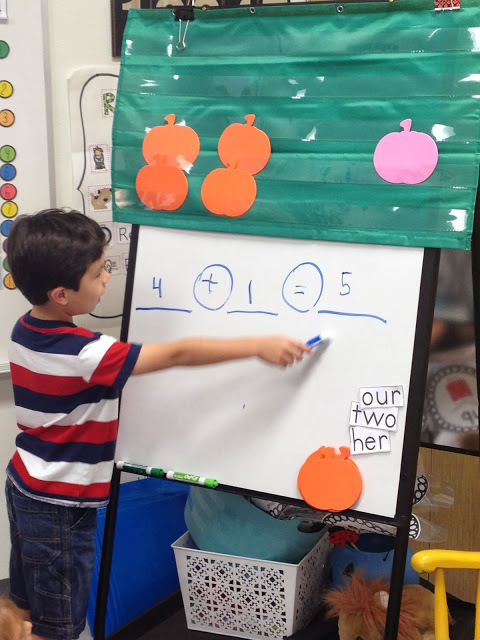
Very nice blog, Thanks for sharing great article.
You are providing wonderful information, it is very useful to us.
Keep posting like this informative articles.
Thank you.
From: Field Engineer
CompTIA Secuirty+ Jobs
bravo bravo
Your level of quality work remains unprecedented
Good work, as always.
Good work, as always.
good work.appreciated
good work.appreciated
Thanks for sharing this! I’m delighted with your blog, where such important moments are captured. All the best!
It is very important to constantly learn. It is not enough for a child to go to 1 course, he needs to develop the acquired knowledge and move on. This is the only way to achieve something. Thanks for the article, very motivating!
I am leoozel96 working for superhealthiness / as PR consultant. With more than 6 years experience in PR and Digital Industry, helping teams toa achieve goals by streamilining the process.
MM Hospital is the Best Multi speciality Hospital in Namakkal.
Located in South India, it has attained an iconic reputation since its inception.